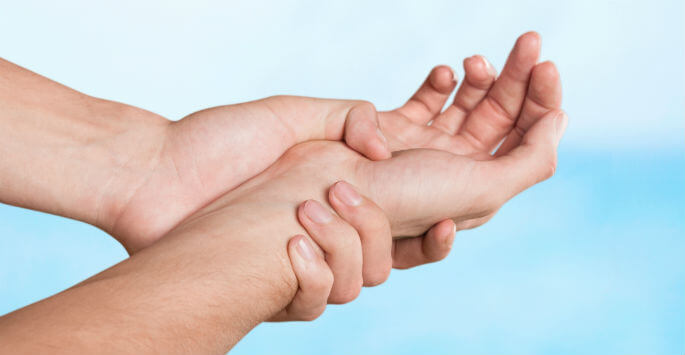A nail bed injury often occurs along with damage to other parts of the finger in the same area. This can include fractures of the bones, cuts to the nail bed or fingertip skin, cuts to the tendons of the finger, or damage to the nerve endings themselves. Nail bed injuries can be easily repaired by a skilled professional like those at Arora Hand Surgery.
What Causes a Nail Bed Injury?
Often, these injuries are a result of getting one’s finger caught in a slamming door. In addition, a cut, crushing injury, or pinch injury to the tip of the finger can also cause an injury to the nail bed.
Presentation
This type of crushing injury can lead to an extremely painful buildup of blood underneath the fingernail. Other nail bed injuries can lead to the nail cracking or splitting into pieces, can tear off pieces of the nail, or can lead to injuries to the surrounding area of the finger.
Diagnosing
It is necessary to spend some time talking to the patient to obtain an accurate history of what caused the injury. It’s recommended that you get an X-ray in order to check for any fractures associated with the injury, as they may also require treatment. It may be necessary to give the patient appropriate anesthesia and examine the nail, often with magnification, before one can completely evaluate the injury. Any additional medical issues that could affect wound healing should also be discussed.
Treatment
The goal of treatment is to restore the nail and the finger to their original functional state. A basic hematoma can be drained by poking a small hole in the nail to eliminate the pressure that is building up and by providing the patient with pain medication. If surgical repair is required, the procedure is usually very straightforward. The goal is often to restore alignment of any fractures that have occurred, to repair the nail bed, and to reattach any detached fragments of bone.
The injury itself will partially determine the doctor’s ability to repair the finger and restore the nail bed to its normal state. If the nail bed injury is clean and sharp, it is likely that it can be fully repaired. If the nail bed has experienced severe crushing, there may be more scarring from the injury, and it may be more difficult to repair it fully. It all depends on the unique situation.
Treating Your Nail Bed Injury
For more information about how to handle a nail bed injury, speak with the experts at Arora Hand Surgery in Howell, West Bloomfield, Macomb, and Warren. We can determine the best course of action and help you begin the healing process. Contact us today to schedule a consultation!















